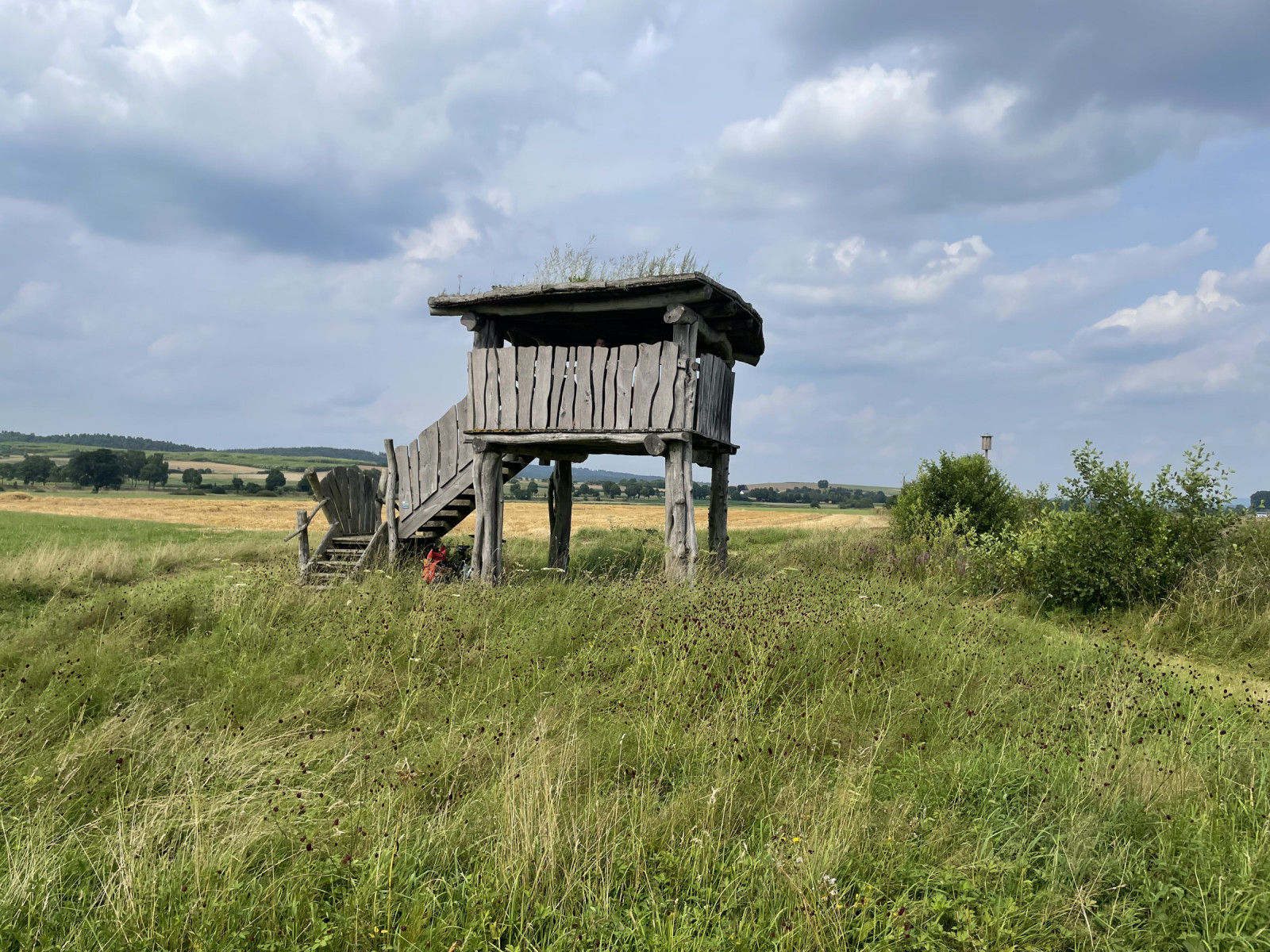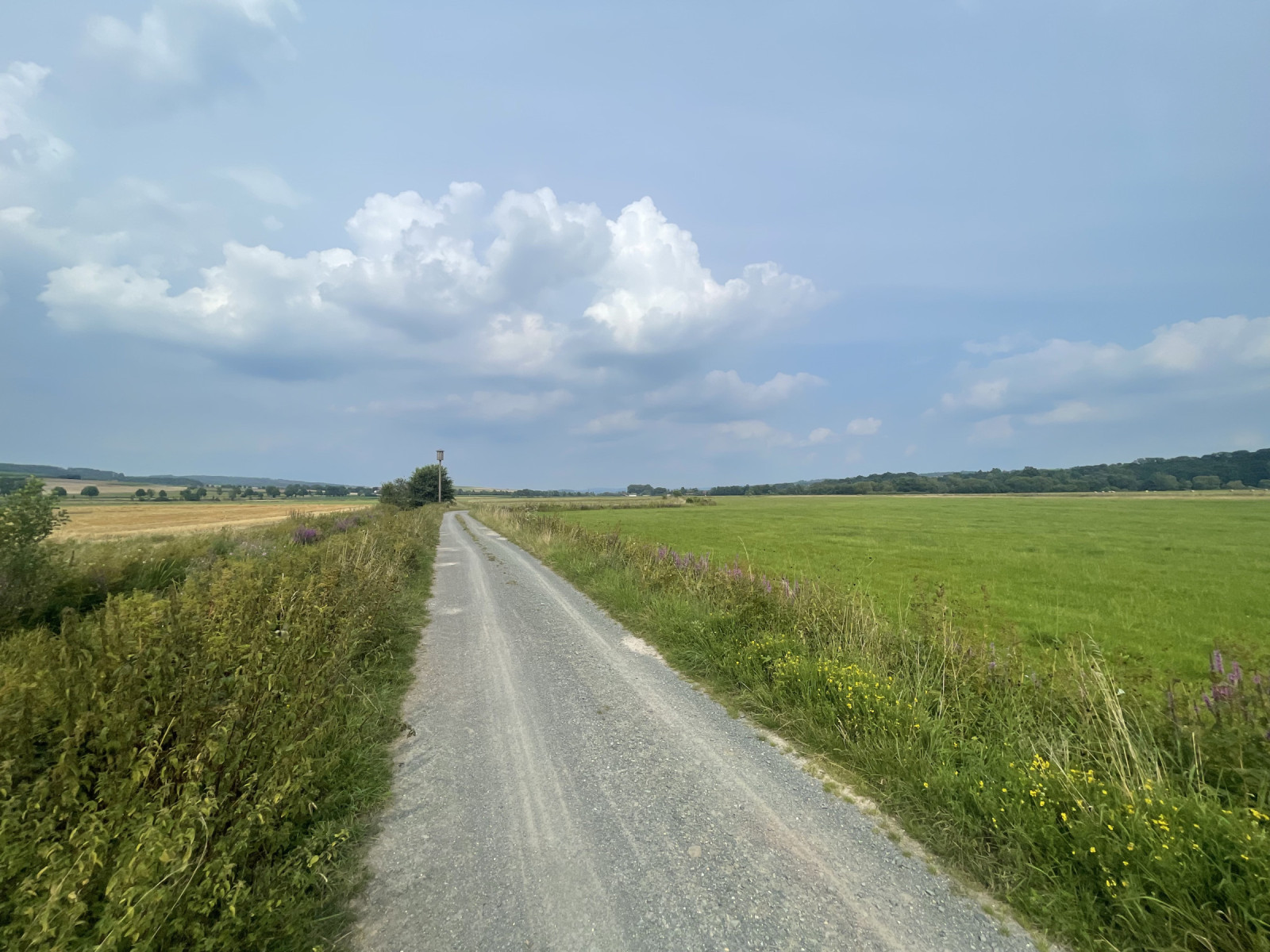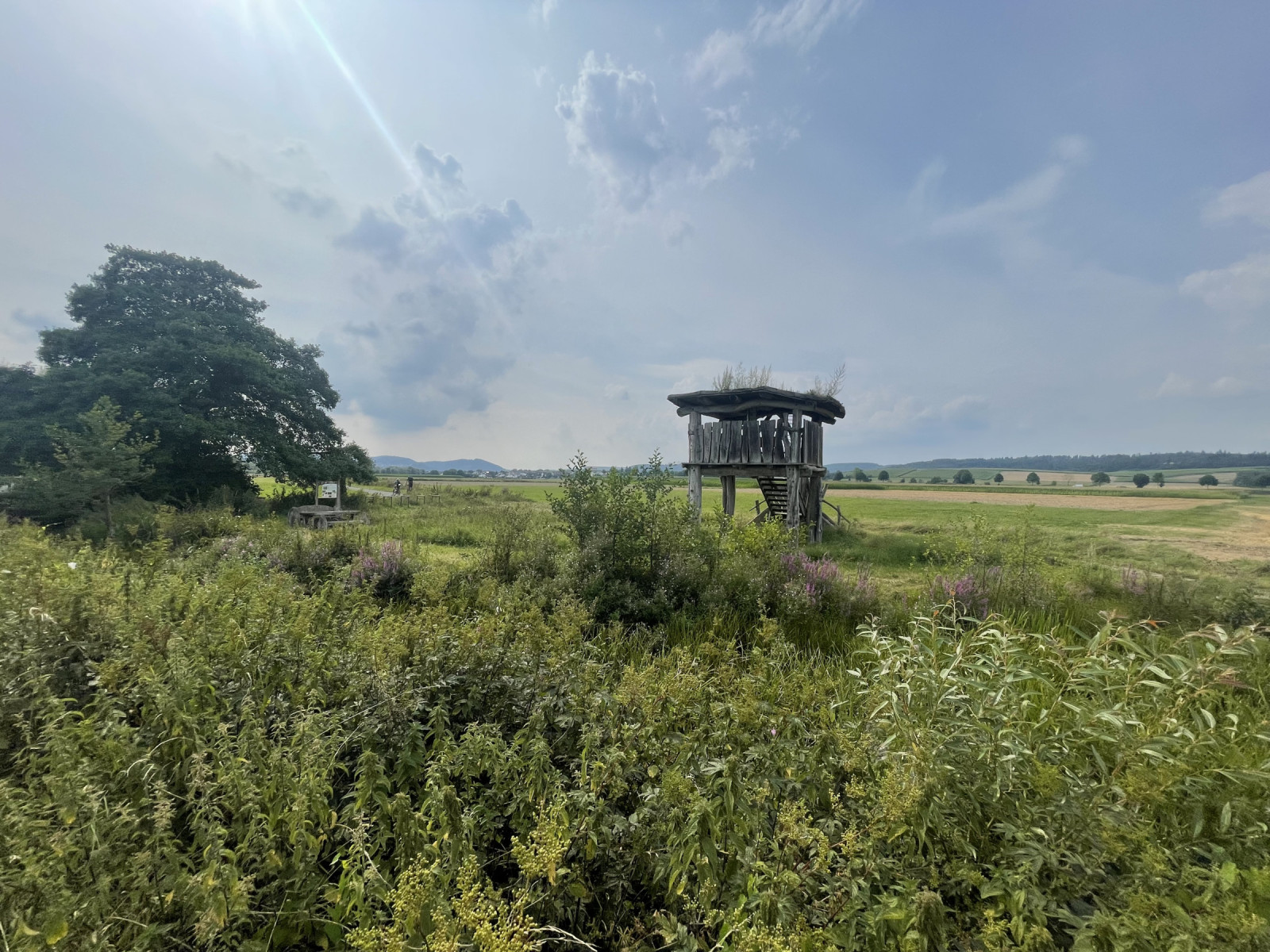Opis
The ditches of the old irrigation system are water-rich lifelines that run through the Rennertehäuser Aue (Rennertehäuser Floodplains). An area of 123 hectares where the former water-meadow management has created diverse habitats for animals and plants. The Rennertehäuser Aue is particularly important for its bird life. Endangered meadow birds (e.g. the pokląskwa) find a breeding place here, and in spring and autumn numerous migratory birds use the wet meadows as a resting area on their way to or from the wintering regions.
Rare insects such as the Dusky Dark Blue Buttefly (Phengaris nausithous), amphibians and fish, as well as magnificent meadow and marsh plants also make the floodplain an impressive natural experience. Due to its high ecological and cultural-historical significance, the Rennertehäuser Aue is now protected as part of the "Obere Eder" fauna-flora habitat area and Natura 2000 site.
Szczegóły
Dostęp
Rennertehäuser Ederaue is located east of the town of Allendorf. The site is best reached by bike, as the regional bike ways pass through here. See links below. The route on the map, from one side of the fields to the other, is approximately 2 km long. Press P on the map for directions to a parking spot.



